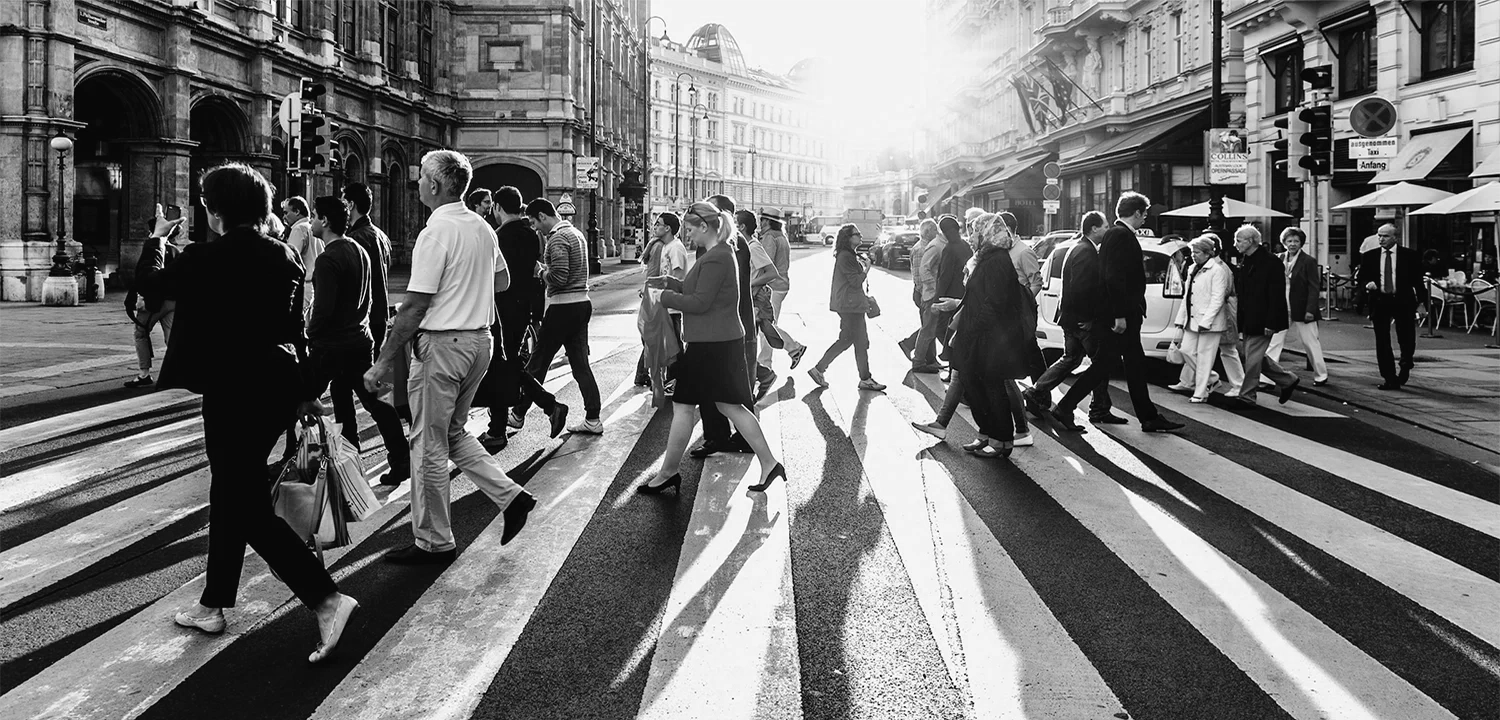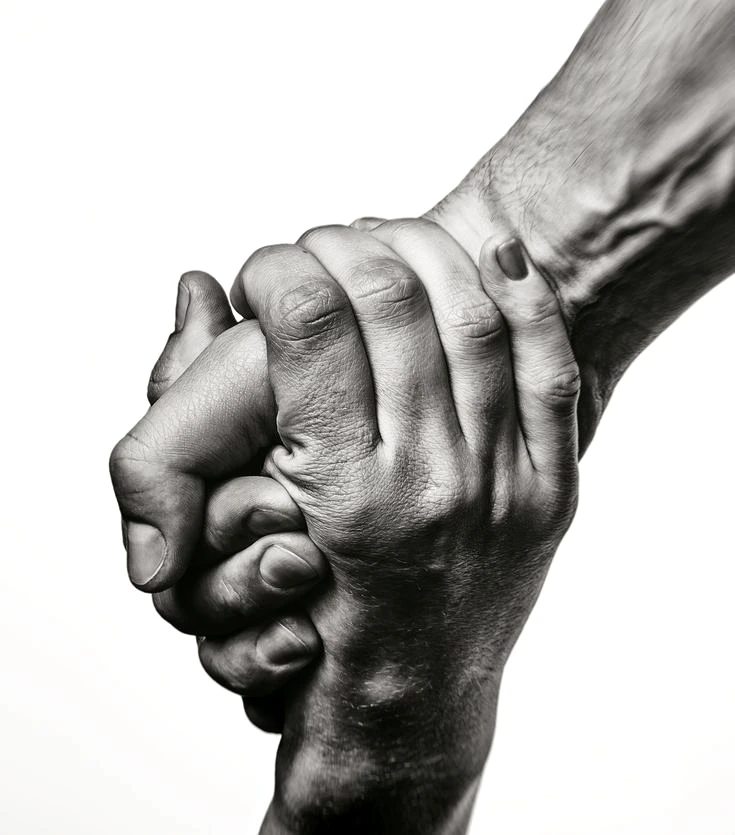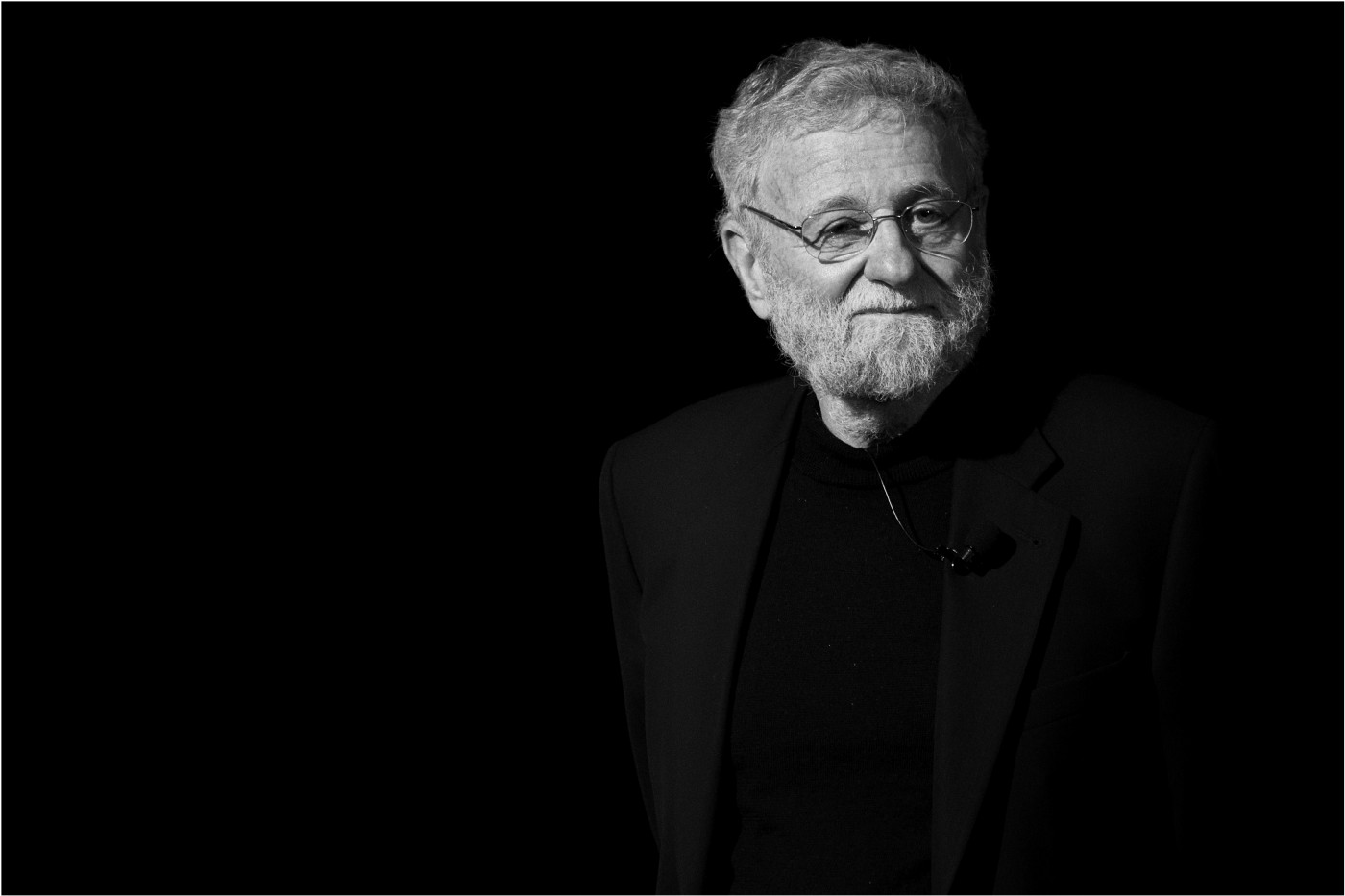
Human-Centered Design: Solutions for Human Needs
Understanding Human-Centered Design
Human-centered design emphasizes user needs by focusing on creating tailored solutions for end-users. This user-centric methodology makes the design process revolve around addressing users’ needs, desires, and limitations.
The primary objective of human-centered design is to develop intuitive, efficient, and enjoyable products, services, and experiences. To achieve this, designers must consider the user’s perspective during every stage of the design process, from research and analysis to prototyping and testing.
Gaining a deep understanding of user needs, motivations, and behaviors is crucial. As a result, designers often use user research methods such as interviews, focus groups, and usability testing to gather insights.
With a clear understanding of user needs, designers can develop concepts and prototypes that cater to those needs effectively. Users then test these concepts and prototypes to ensure their efficiency and alignment with desired goals.

The Designer’s Role in Human-Centered Design
My passion as a designer lies in crafting solutions that simplify and enhance users’ lives. By utilizing the human-centered design approach, I can empathize with users and comprehend their needs, desires, and limitations.
This understanding allows me to create intuitive and efficient designs tailored to users’ specific needs. My ultimate goal is to make life easier for users, whether through products, services, or websites.
I firmly believe that good design can have a profound impact on people’s lives. By incorporating the user’s perspective throughout the design process, I can create functional, emotionally satisfying, and enjoyable solutions.
I consistently strive to instill a sense of ease, simplicity, and joy in the user experience through my work. Whether it’s a user-friendly website or a product that streamlines daily tasks, I am committed to making a meaningful and significant difference in users’ lives.
Lastly, as a designer, the potential to create life-changing solutions continually inspires me. By embracing the human-centered design approach, I can develop designs that are meaningful, relevant, and valuable to users.

“Design is really an act of communication, which means having a deep understanding of the person with whom the designer is communicating.”
―

The Power of Empathy in Design
To craft a user experience that adheres to the human-centered design approach, designers must empathize with users and understand their needs and motivations. This requires a deep comprehension of the user’s context and the challenges they face.
Empathy is crucial in the design process as it enables designers to create intuitive and user-friendly solutions. It helps designers identify potential problems and barriers users may encounter, and develop solutions that address those issues.
Furthermore, effective communication with users is essential for designers to understand their needs and preferences. Active listening and asking the right questions facilitate a deeper understanding of user needs and goals.
In summary, empathy is a vital skill for designers in the realm of human-centered design. It allows them to tailor solutions to user needs, providing a positive and enjoyable user experience.

Emotions in User Experience Design
Emotions significantly impact user experience design, as the way users feel while interacting with a product, service, or website can affect their overall experience and satisfaction.
Designers can employ various techniques to elicit specific emotions in users and create a positive user experience. For instance, using warm and friendly colors, images, and language can generate a sense of warmth and approachability. On the other hand, bold and vibrant colors can evoke excitement and energy.
By considering users’ emotions in the design process, designers can further enhance the human-centered design approach and create experiences that resonate with users on a deeper level.

Human-centered design is a holistic approach to design that considers the needs, wants, and limitations of the end user at every stage of the design process. It is about creating solutions that are meaningful, relevant, and valuable to the user and that make their lives easier and more enjoyable.
In short, design is not just about creating something that looks good. It is about creating solutions that are meaningful, relevant, and valuable to the user. It is about understanding the needs of the user and creating solutions that make their lives easier and more enjoyable.





Read recent articles
What Drives Us to Share on Social Media?
The Concept of Simplicity
Inspiration Unleashed: Breaking Boundaries
Color Blind Design: Crafting Inclusive Experiences